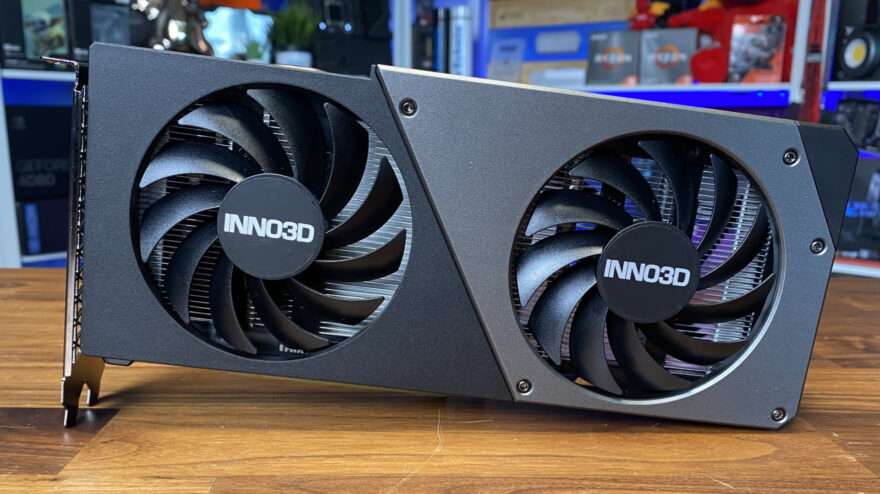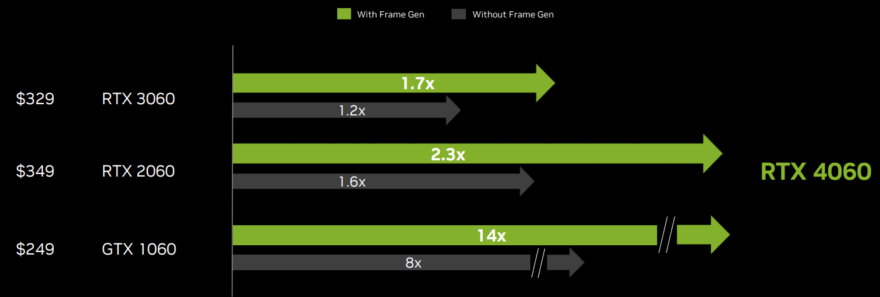INNO3D RTX 4060 Graphics Card Review
Peter Donnell / 1 year ago

The latest Nvidia graphics cards are here at last, and honestly, this is one chipset I’ve been really looking forward to. I build a few systems now and then for friends and family and money is always the biggest bottleneck. With many of the flagship cards costing North of £1000, high-end PC gaming is pretty intimidating to get into. However, to play the latest games at full HD resolutions and even 1440p, you can get away with some surprisingly more affordable models. With the new RTX 4060 being the most affordable 4000 chipsets to date, I’m eager to see just how much gaming fun can be had without selling off your firstborn to get the fastest cards. Of course, it’s hot on the heels of the RTX 4060 Ti which we reviewed recently, and naturally, we’re expecting it to perform a little bit behind the Ti version, but we’ll soon see by how much!

Of course, this card is less likely to be marketed to 3000 series owners, but those long-standing GTX 1000 series users who’ve been using the GTX 1050, 1060 and 1650 cards, which are still sitting at the top of the Steam Hardware Survey! For those users, these sub £300 cards are going to offer some very significant performance and feature updates such as DLSS, Ray Tracing, and AV1 encoding, to name but a few. Nvidia’s testing over multiple games showed an 8x to 14x performance leap and I don’t doubt it, as a lot has changed in GPU performance in the last 6-7 years!

INNO3D RTX 4060 Graphics Card
Now, we do not have a founders card on this launch, so for our full-fat chipset review, we’ll be using the INNO3D RTX 4060 Twin X2, as it’s both an MSRP card, and comes with a reference speed chipset, although an OC model is also available if you wanted to seek that one out for yourself. The card features 3072 CUDA cores, which is quite a step down from the 4352 of the 4060 Ti, and the Boost Clock is 2.46GHz, down from the 2.54 of the 4060 Ti. What is interesting, however, is that it even has fewer CUDA cores than the RTX 3060 did, as that had 3584 cores, but only ran a boost clock of 1.78 GHz, which is quite a lot slower. Both cards use the same 8GB of GDDR6 memory, and the older 3060 came with either an 8GB or 12GB variant.
Features
- 3072 CUDA Cores
- 2460 MHz Boost Clock
- 1830 MHz Base Clock
- 17 Gbps Memory Clock
- 8GB GDDR6
- 128-bit Memory Bus
- 272 GB/s Bandwidth




















